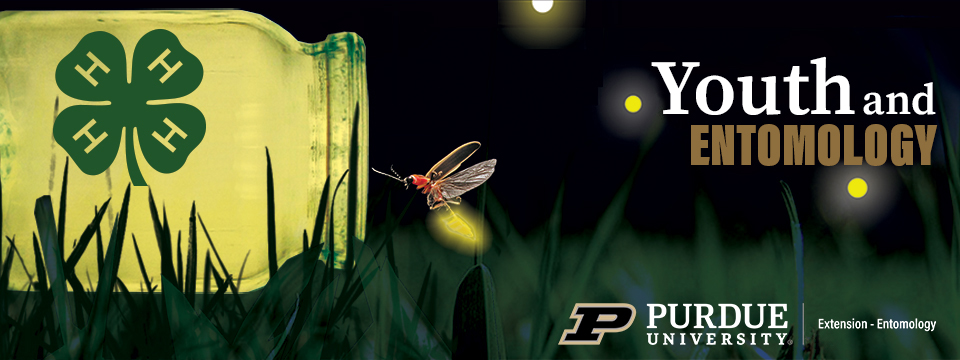Inspecting
An important component of pest management is inspecting for pests. Routine inspection is usually directed toward the key pests in the system and is designed to detect the presence or absence of those pests. Inspections also note any environmental conditions that may favor the introduction or the development of a pest.
Inspection is hard work. It requires a pest manager to get into places that only pests usually go. Finding pests means that a pest manager must think like a pest. "If I were a cockroach, where would I like to live?" Knowing the basic requirements and preferences of each key pest allows a pest manager to determine how, where, and when to inspect, and what to look for.
Keen powers of observation are the basis for pest inspections; however, there are other tools that can greatly assist pest inspectors. Often they are so valuable that a proper pest inspection cannot be performed without them. For instance, when inspecting for pests in buildings and structures, a reliable flashlight is essential. An inspector would not be able to see into the dark recesses where pests live without one. A shovel or a trowel is essential to inspect for pests underground. When inspecting for wood or stem borers, a sharp knife is required to open stems or branches. Sweep nets are considered essential when inspecting for potato leafhoppers. These tools are basic requirements for inspectors. Even more specific tools and methods can be required for certain pests. For example, inspecting for the presence of spider mites (tiny arthropods that can threaten plant health) is often done by placing a piece of white paper or an index card beneath a branch and briskly hitting the branch to dislodge the mites. The pest manager counts the number of mites on the paper to decide if a pesticide treatment or some other control measure is necessary.
|
